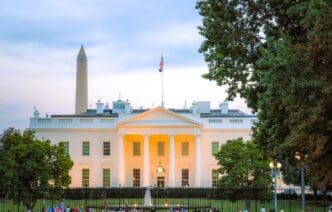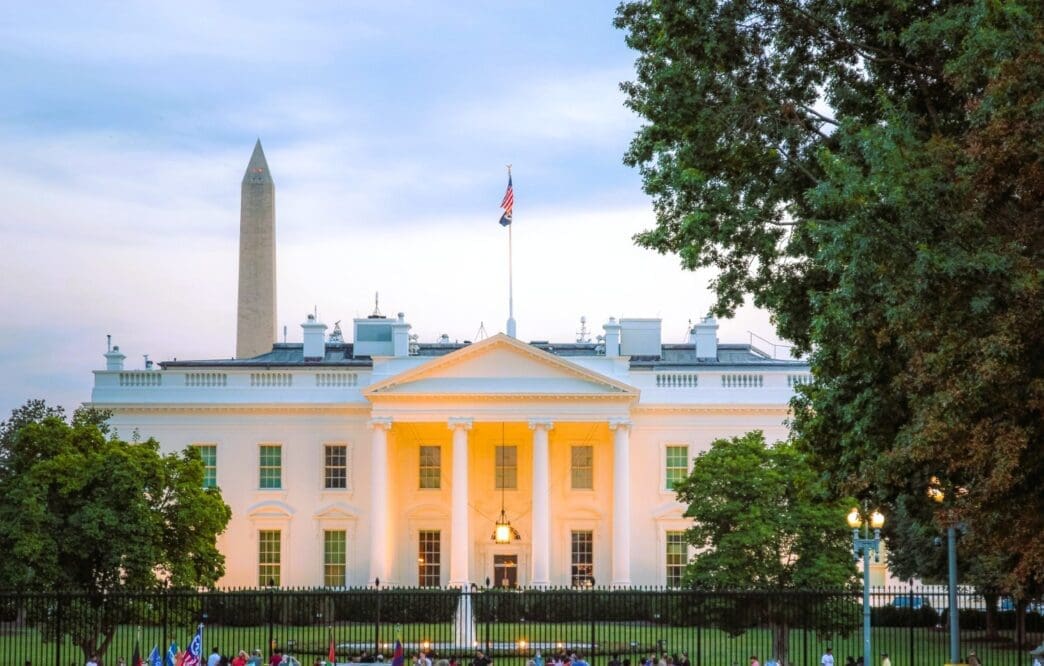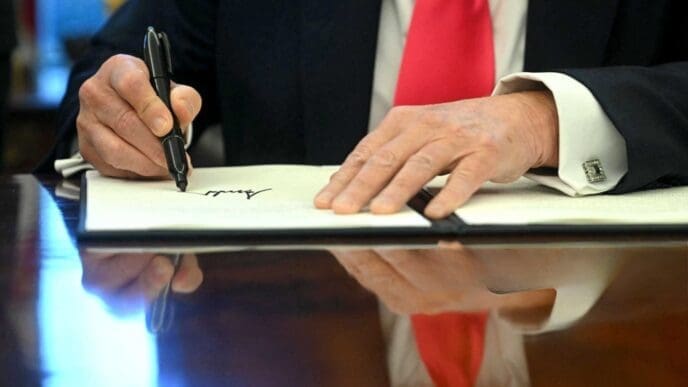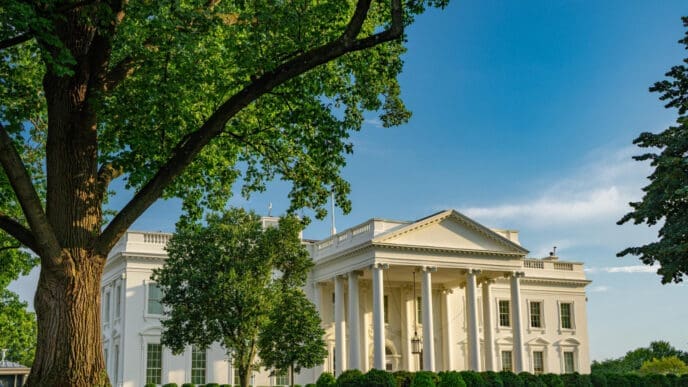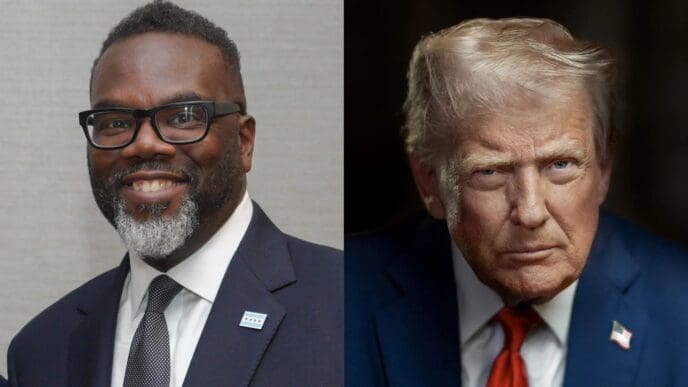Executive Summary
The Story So Far
Why This Matters
Who Thinks What?
The White House and congressional Democrats are setting the stage for a potential government shutdown by September 30, with President Donald Trump taking a firm stance against major concessions in upcoming budget negotiations. The administration plans to reject any Democratic demands to reverse key health provisions from the GOP’s domestic policy law and will insist on retaining President Trump’s authority to claw back funding at will. Democrats, conversely, are demanding the restoration of billions in Medicaid and rural hospital funding cuts and seeking checks on the President’s power to override congressional spending decisions.
President Trump’s opening position challenges Democrats to risk a shutdown, aiming to pressure their leadership to balance avoiding a damaging government closure with demands from their base for a stronger fight against the administration. A senior White House official told CNN, “We’re not going to accept any limitations on the president’s authorities or attempts to reverse President Trump’s policies. The president is not going to be constrained.”
Formal talks have yet to begin, but Democratic leaders have signaled they will not accept a status-quo funding deal. California Rep. Ro Khanna described a “sense of no surrender” among congressional Democrats, emphasizing a desire to avoid a repeat of past compromises that led to frustration within the party.
Throughout the summer, top Democrats worked to align their party, including lawmakers, governors, and key groups, on using the funding deadline as leverage. This coordination, particularly between Senate Minority Leader Chuck Schumer and House Minority Leader Hakeem Jeffries, aims to prevent a recurrence of March’s fractured response when Senate Democrats ultimately conceded on a GOP-written funding measure.
Rescissions and Executive Authority
A significant point of contention is President Trump’s use of “rescissions,” or the cancellation of congressionally approved funding. Democrats’ resolve was reportedly strengthened following President Trump’s recent notification to cancel nearly $5 billion in foreign aid funding, which House Minority Leader Jeffries called a move by a “wannabe king.”
White House officials have long advocated for this power, with a $9 billion spending cuts package earlier in the summer described as a test case for future cancellations. Rep. Rosa DeLauro, the top Democrat on the House Appropriations Committee, criticized the administration’s actions, stating, “This latest move last night demonstrates that they just don’t care about following the law. … It is about controlling the power of the purse.” Even some Republicans, including top Senate appropriator Susan Collins of Maine, have called the foreign aid move “a clear violation of the law.”
Rep. Jeffries also indicated that Democrats would demand the release of $1 billion in funding for the Washington, D.C., government, which has been held up by Congress, adding another potential wrinkle to the spending fight.
White House Redlines and Republican Strategy
White House officials have established clear red lines, asserting that reversing health cuts in President Trump’s signature law is a nonstarter. “The administration is not going to do that to themselves,” a senior White House official stated, adding, “So we can either have a serious conversation or Democrats can shut the government down.”
During the August recess, the White House consulted with Republican leaders to assess support for a stopgap funding measure. Despite past opposition from hardline House conservatives to such deals, some conservative lawmakers have indicated openness this time, with the promise of further rescissions helping to quell potential dissent. House GOP leaders believe they can pass a short-term stopgap through the House, shifting pressure to the Senate and framing any potential shutdown as a “Democrat shutdown.”
Potential Area for Compromise
Despite the rigid positions, the White House has left the door open for a year-end compromise on one issue: the looming expiration of enhanced Obamacare subsidies. The potential for rising health insurance premiums has alarmed both Democrats and some Republicans, prompting a willingness from President Trump’s aides to revisit the issue, though not as part of the immediate efforts to keep the government open past September.
This issue has been a priority for Democrats, with Rep. Jeffries discussing its importance on a private call with House Democrats. While the White House views linking this to the current funding fight as “taking hostages,” Democrats argue the administration’s stance on rescissions already constitutes such an action.
As the September 30 deadline approaches, the fundamental disagreement over presidential spending powers and policy reversals sets the stage for a high-stakes standoff, with both sides drawing firm lines ahead of formal negotiations to avert a government shutdown.
